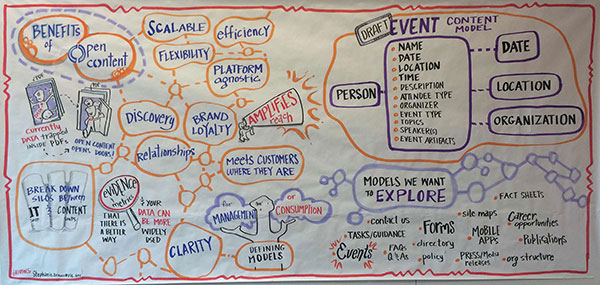How Government will Accelerate Anytime, Anywhere Services and Information in 2015

cherezoff, iStock, Thinkstock
Innovative wearables, stronger wifi and more 3D printing have been among the many projections for the future of mobile in 2015. Whatever comes to pass, we can be certain that the anytime, anywhere user will develop new habits and desires based on new trends.
Government must accelerate its customer service approach with anytime, anywhere efforts to keep up. Here’s what I see agencies will have to do to keep up and–just maybe get ahead–in 2015.
The User Story Will Drive Mobile First Strategy

Natalia Silych, iStock, Thinkstock
Many agencies are still grappling with mobile strategy and how to become “mobile first”—they are asking questions around native apps, mobile Web or hybrid approaches to mobile development. Where they are generally failing, is that they tend to think government first and not user first.
While agencies will continue to implement seemingly “silver-bullet” solutions like responsive Web design, they will continue to encounter technical and traditional government challenges. In addition, the user will continue to change. Users will get new devices, want more interactive content, like video, and will become increasingly comfortable with conducting complex transactions and services that require native device functionality. Agencies will need to adapt to build better and more specific user stories to make mobile first decisions. More agencies will have both mobile Web and native app products like U.S. Census Bureau and the Department of Transportation.
Mobile First and Performance Will Work Hand in Hand

Jrcasas, iStock, Thinkstock
The days of having a mobile website just to “cover” the mobile user will end. Like many organizations, agencies will see their mobile channels become a vital piece of their outreach efforts. When it comes to responsive Web design use cases, agencies will become obsessive about:
- load time,
- compatibility
- and other performance aspects.
Agencies with native apps that allow users to conduct transactions, engage users or crowdsource data will measure the impact of these efforts, including simple metrics about how often users open these apps and how they rate them in app stores, to how they transform ways the agency is accomplishing its mission. See how contact centers have been learning about the transformative aspects of mobile and six agencies that have been using mobile to crowdsource data.
My Code Is Your Code

izabell, iStock, Thinkstock
Composition is a method developers use to leverage pre-existing code to create base app functionality in a project so they do not have to “reinvent the wheel.” Forrester not too subtly noted recently that the 2015 mobile market will rely on “Composition, Composition, Composition” to speed up mobile project delivery time. Government is not actually far behind here.
Agencies have shared code for native apps and mobile websites in the Mobile Code Sharing Catalog and as well as leveraging more specific functional snippets of code to address mobile development problems. For example, the Defense Financial Accounting Service used some code the Department of Health and Human Services shared to improve mobile charts on its website.
Information Structuring Will Become the Heart of Mobile Development

As wearables and other Internet of Things implementations become more prevalent, government will need to develop use cases for their outreach efforts. The big question agencies will ask (in addition to those about Big Data and identity management) is: Does it make sense to implement physical Internet of Things for public-facing purposes? The answer will most likely be no, but structured data like Application Programming Interfaces (APIs) will be the key to entry in this space.
In a recent DigitalGov.gov API Briefing, Bill Brantley wrote about the work that NASA and the U.S. Postal Service have done with holograms & augmented reality. Brantley argues these agencies’ new form factors were possible due to APIs each had developed. Agencies will need to adopt open data approaches that allow their information to be available and leveraged on new devices and sensors.
In addition, agencies are adopting the “Create Once, Publish Everywhere” approach heralded by organizations like National Public Radio to become future ready. A number of agencies got together last year to create shared Structured and Open Content Models to help agency data become more interoperable and future-ready.
Want to learn more, do more? Join the Mobile Gov Community of Practice, and get involved by helping us discover new government mobile products, code and trends.

